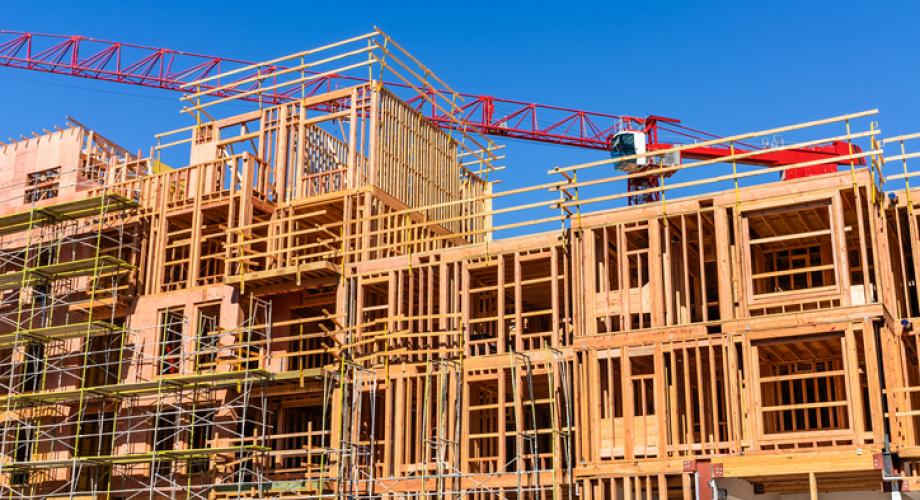The cost of living is increasing, and inflation continues at 40-year highs. National Apartment Association President and CEO Bob Pinnegar reviews some of the factors impacting rent prices and several solutions to stabilize housing costs in his latest column for the Washington Post, “What’s behind rising rents and what can be done?”
One of the biggest impacts to rising rents is a supply-demand disparity, with multiple generations choosing to rent as one of the many reasons for the imbalance. This, among other factors, has resulted in record occupancy nearing 98%. Pent-up demand has played a major factor in this imbalance of rental housing. Also affecting rent prices is the lack of supply. “We need to build 328,000 new apartment homes at all price points each year just to meet the current demand, yet that level of construction has only occurred five times since 1989,” says Pinnegar.*
He also mentions other owner expenses that could be overlooked: property taxes and insurance premiums. “Housing providers must cover these expenses to keep their rental properties available for residents, which means rents may need to be adjusted to keep up with the operational expenses and overdue capital improvements.”
While there is no cure-all, there are steps that can be taken to help find a solution to fast-rising rents. Pinnegar suggests cutting governmental red tape as well as improving the Section 8 Housing Choice Voucher program.
“Knowing that a lack of supply and heightened demand have left our nation, and millions of Americans, with a severe housing crisis allows us to dig deeper into the root causes and address them properly.”
Read “What’s behind rising rents and what can be done?”
*Updated demand data was released on July 27, 2022, and is available here.
